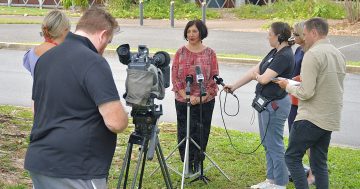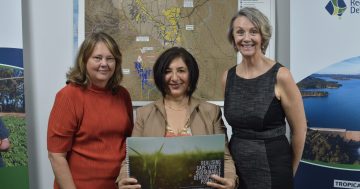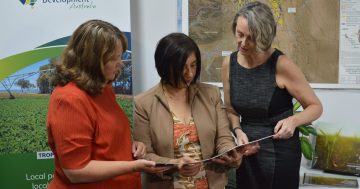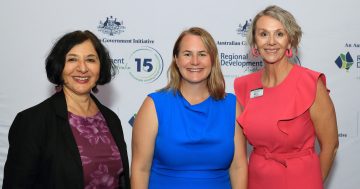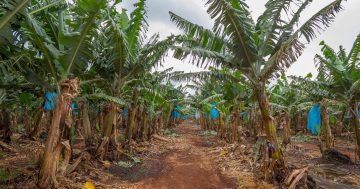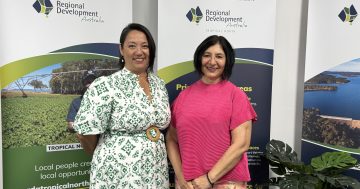
RDA Tropical North chair Professor Hurriyet Babacan says water trading and the potential river of economic wins it could deliver to Cape York should be investigated as part of the current State Government review of the Mitchell Water Plan. Photo: Cape York Weekly.
The potential economic benefit of utilising Cape York’s wet season rainfall should be investigated as part of a current review into two of the region’s water plans, according to the chair of Regional Development Australia (RDA) Tropical North.
The State Government has launched public consultation on the Great Artesian Basin and Other Regional Aquifers (GABORA) and Mitchell water plans as part of an election commitment to review all of Queensland’s 23 water plans.
Both plans have a footprint on Cape York and RDA Tropical North chair Professor Hurriyet Babacan urged local stakeholders to have their say on the current plans, as well as look at what opportunities the region’s unallocated water could have on remote economic sustainability.
“This is the source of water in our region through these plans,” she told Cape York Weekly following a regional water forum in Cairns on 27 May.
“We need to take a regional approach to water management and water resources; there’s a lot of unallocated water in our region – we have a lot of water when we compare it to other parts of Australia.”
The GABORA water plan manages the Queensland Great Artesian Basin and other significant regional aquifers, including the Laura basin, and covers about 70 per cent of the state.
The review of the Mitchell Water Plan, which spills into the Gulf of Carpentaria near Kowanyama, will help identify future water requirements to meet the growing demand for irrigated agriculture and population growth, including water security in Indigenous Cape York communities.
It is understood the viability of the proposed Lakeland Irrigation Area Scheme, which would involve constructing a 296-gigalitre dam on the Palmer River to help irrigate an additional 10,050 hectares of land around Lakeland, hinges on the outcome of the review and updated plan.
Professor Babacan said she believed water literacy, governance and infrastructure investment were needed to make the most of remote water opportunities, including the development of a northern water trading mechanism.
“There’s a number of enabler issues that need to be addressed, and just doing it water plan by water plan is good at a catchment level, but what that lacks is the overarching view – it doesn’t enable to us to have a region-wide focus,” she said.
“What’s happening in the Mitchell (water plan area) and what’s happening in the Cape doesn’t sit in isolation to what’s happening in a regional context.
“We could really be the supplier of water for the next generation of industry development in Australia, not just our region.”
Minister for Local Government and Water Ann Leahy slammed the former government for allowing the state’s water plans to “gather dust” and said a diverse cross-section of stakeholders would be consulted as part of the review process.
“We are working with stakeholders from a range of sectors to help determine the best way to deliver water where it’s needed the most and that will provide the best economic outcomes for Queensland,” she said.
The first round of public consultation for the GABORA and Mitchell water plans closes on 30 August and 30 September respectively.
You can make a submission to the GABORA or Mitchell water plan reviews by clicking the links.


